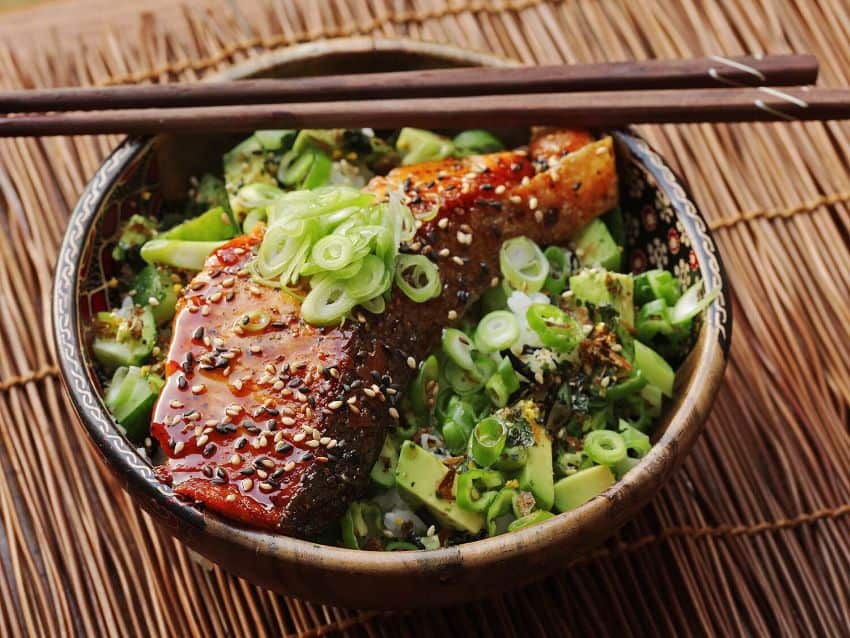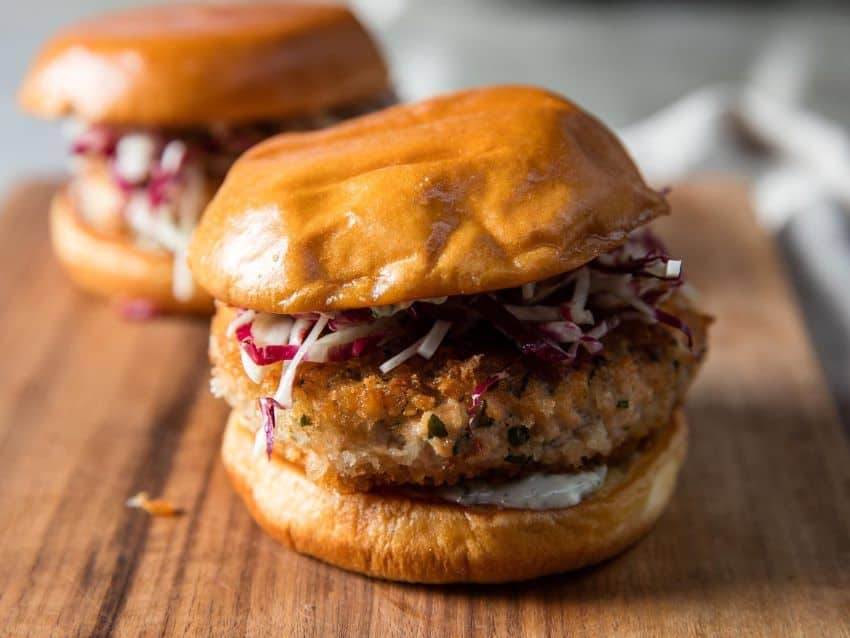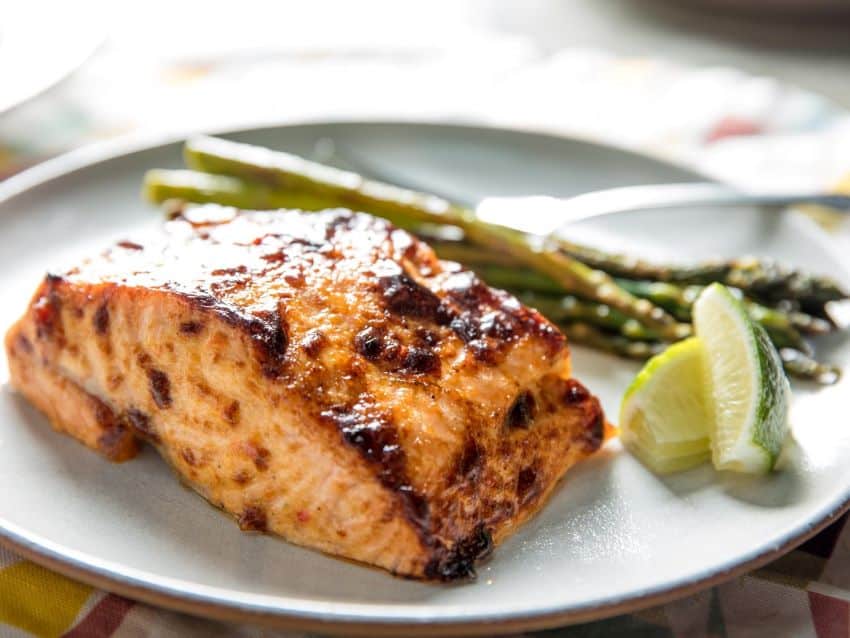Recent news that some of Mexico’s most popular fish for eating have been overfished, causing severe population declines, has caused me to rethink my eating habits.
In the overall scheme of things, do the small amounts of fish I eat on a weekly basis really make a difference? Maybe not. But better to be an informed consumer and make informed choices about what to eat when possible, no?
Snapper, grouper, bluefin tuna and octopus are again on the overfished lists of conservation NGOs that cite Mexico’s noncompliance with annual reporting since 2000. So where does that leave us seafood lovers? Many people turn to frozen salmon, but that has its own issues.
While some salmon is caught in the Gulf of Mexico, most of what’s available in Mexico is imported. And the sad truth is that most of that — even though labeled “wild-caught in Alaska”— has been frozen, shipped to China for processing, frozen again and shipped back to this side of the world to be sold.
So, yes, it was “wild-caught in Alaska” — but how long ago? That’s why it’s so inexpensive in big-box stores like Sam’s Club or Costco. Somewhere on the package, in teeny, tiny print, it will say (or should say) “processed in China.” When I asked a chef friend what that meant, he laughed and said, “It means you shouldn’t eat it.”

While I’m uncomfortable eating food that’s vacationed halfway around the world before it ends up in my mouth, others are not.
The Alaskan Salmon Board says they don’t understand what all the fuss is about; the fishing industry has been doing this for years, and only recently, with stricter labeling laws, has the public become aware of it.
However you look at it, though, salmon is delicious! I like to add a grilled or baked fillet to a salad or rice bowl. One of the simplest ways to cook it is to make packets. Put a serving-size fillet, some sliced tomato, onion and fresh herbs in a piece of foil big enough to close around it. Maybe add some capers or minced jalapenos, then drizzle with olive oil, sprinkle with salt and pepper, wrap securely and bake in a 400 F oven for 20–25 minutes. Voilà! Serve atop rice or grilled veggies.
Salmon Chowder
- 1 lb. boneless, skinless salmon, cut into ¾-inch chunks
- 2 Tbsp. water
- 1 medium onion, finely chopped
- 2 ribs celery, finely chopped
- Salt and pepper
- 2 Tbsp. flour
- 1 qt. whole milk OR plain soy or almond milk
- 1 lb. russet or other potatoes, peeled and cut into ½-inch cubes
- 1 bay leaf
- Optional: ½ lb. bacon, cut into ½-inch pieces; ½ cup clam juice
- Minced fresh herbs (parsley, dill, chives, cilantro) for serving
Combine bacon, if using, and water in a big pot over medium heat. Cook, stirring, until water evaporates and bacon begins to brown and crisp, about 8 minutes. Add onion, celery, salt and pepper and continue cooking until onions are soft but not brown, about 4 minutes. Add flour and cook, stirring, until merged. Stir in clam juice, if using, milk, potatoes and bay leaf. Simmer about 15 minutes, stirring occasionally, until potatoes are tender. Stir in fish and simmer about 3 minutes, just until cooked through. Season to taste with salt and pepper. Serve immediately, garnished with fresh herbs.

Perfect Salmon Burgers
Having bread crumbs only on the outside allows the fish to stay moist and flavorful inside a delicate crispy crust.
Patties
- 1½ lbs. boneless, skinless salmon, finely chopped
- 3 Tbsp. minced mixed fresh parsley and chives
- ¼ tsp. ground coriander
- 1-inch piece fresh peeled ginger, grated
- Salt and pepper
Rémoulade
- ½ cup plus 2 Tbsp. mayonnaise
- 1 Tbsp. capers, drained and minced
- 2½ tsp. minced fresh flat-leaf parsley, tarragon and chives (about 1 tsp. each minced parsley and chives and 1/2 tsp. minced tarragon)
- 2 tsp. fresh juice from 1 lemon
- 1 tsp. Dijon mustard
- ½ tsp. drained prepared horseradish
- Fresh juice from 1 lemon
- Salt and pepper
- 1 cup panko bread crumbs
- Vegetable oil
- Optional: 4 cornichons, minced
- For serving: cole slaw, 4 brioche hamburger buns, buttered and toasted
Make the rémoulade: In small bowl, mix mayonnaise, capers, cornichons, herbs, lemon juice, mustard and horseradish. Season with salt and pepper. Set aside.
In a bowl, combine salmon, herbs, coriander, ginger, salt and pepper. Set aside.
Spread panko crumbs on a plate. Divide salmon mixture into four portions; roll each into a ball, then flatten to a 1-inch thick patty.
Place each patty in the panko, pressing down so crumbs adhere to bottom of the patty. Carefully flip patty and press gently again, then transfer to a plate. Repeat with remaining patties.
Add oil to a large skillet; heat over medium-high heat. Carefully place patties into oil and cook, turning once or twice, until lightly browned on both sides, about 10 minutes for medium-rare.
Drain patties on a paper towel-lined plate. Sprinkle lightly with salt. Smear rémoulade on top and bottom halves of each bun, add salmon patty and cole slaw if desired.

Broiled Salmon with Chili-Lime Mayo
The mayonnaise acts as an insulating layer, keeping the fish underneath even more tender and moist.
- 1 cup mayonnaise
- Zest of 2 limes plus 2 tsp. fresh lime juice
- ½ tsp. ground coriander
- 2 pounds boneless salmon fillet with or without skin, cut into 4 portions
- Salt and pepper
- Optional: 2 Tbsp. harissa or other chile paste
Preheat broiler; set oven rack to 6 inches below broiler. In a small bowl, mix mayonnaise, chile paste if using, lime zest and juice, coriander, salt and pepper.
Line baking sheet with foil. Season salmon lightly with salt and pepper. Set salmon on a baking sheet and smear a thin, even layer of mayo mixture over surface and sides.
Broil salmon until browned on top, about 5 minutes. If salmon becomes well-browned on top before cooked enough in the center, switch off broiler and bake at 425 F, until done, 1 to 2 minutes longer. — seriouseats.com
Janet Blaser is the author of the best-selling book, Why We Left: An Anthology of American Women Expats, featured on CNBC and MarketWatch. A retired journalist, she has lived in Mexico since 2006.
